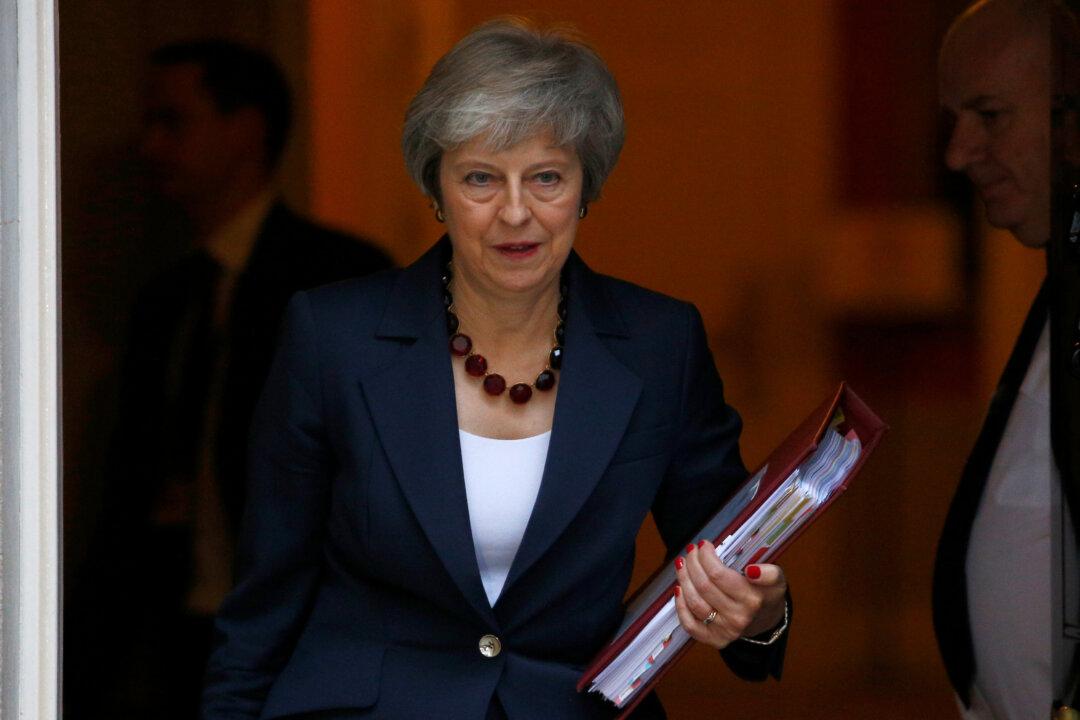LONDON—UK Prime Minister Theresa May has hashed out a draft divorce agreement with EU negotiators, ending months of fraught negotiations that many doubted could produce a mutually acceptable arrangement.
But to become a reality, the draft settlement must first run the gauntlet of hostile UK lawmaking chambers and the political cogs of the European Union.





